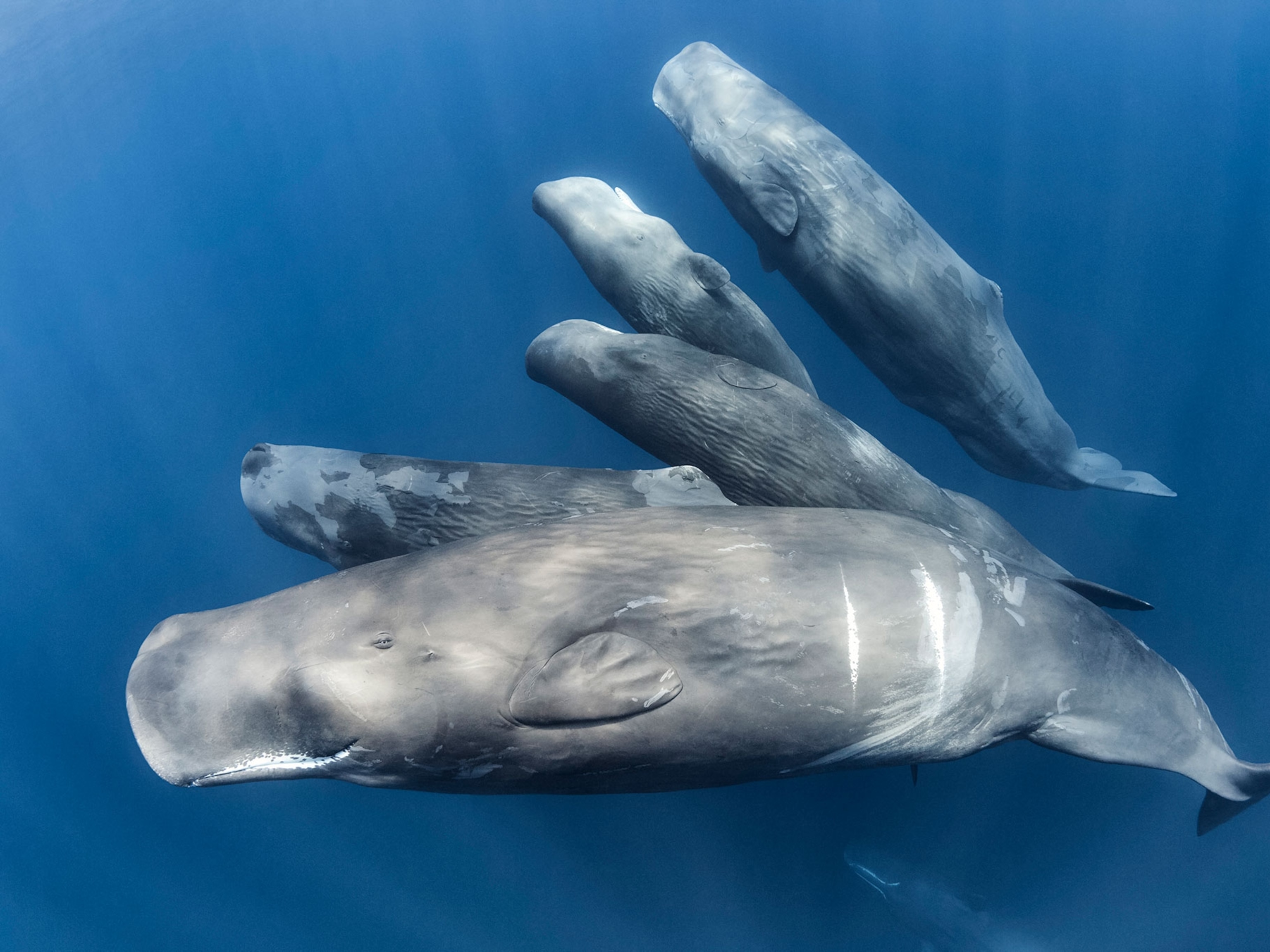
Invasive Pacu Fish With Human-Like Teeth Found in New Jersey
But fish’s testicle-eating reputation is a myth, scientists say.
Updated at 7 pm ET.
A relative of the piranhas with a mythical taste for human flesh was found in a New Jersey lake this weekend, setting off fears about the spread of invasive species.
The fish, thought to be a South American pacu, is known for its teeth, which bear an eerie resemblance to human teeth. Pacus primarily eat plants and are considered mostly harmless to people, despite their kinship with piranhas. But they do occasionally eat other fish and can potentially outcompete native species or spread parasites or disease. (See the scariest freshwater fish.)
Pacus normally ply the waters of the Amazon and other South American river systems, but angler Ron Rossi caught one in Swedes Lake in southern New Jersey over the weekend.
The state’s Department of Environmental Protection said in a statement: "Many times, these fish are deposited into lakes by pet owners. These fish do not survive in colder water, so we encourage people not to release it into the wild but to humanely destroy the fish."
Pacus are often kept as aquarium pets, though they can grow too large for many people to take care of, at 44 pounds (20 kilos) and three feet (one meter) long. The specimen found in New Jersey appears to be only a few inches long, based on a photo.
Shocking Myth
Pacu have a bad reputation online, where many people believe they bite human testicles, allegedly confusing them with tree nuts. The fears have been so widespread that some officials have even suggested men swim with their bathing suits tightly tied.
There are a few reported incidents of pacus biting people, but fears that they target human beings are overblown, says Peter Rask Møller, a fish expert at Denmark's University of Copenhagen.
"Its teeth and powerful bite can for sure be dangerous, but to [have it bite you] is highly unlikely," says Møller.
Local people blamed invasive pacu for the deaths of two men in New Guinea in 2011, after they reportedly lost their testicles, but information on the alleged incident is scarce and secondhand. (Learn about a car-sized freshwater stingray.)
"I think it's just a rumor," Lars Skou Olsen, curator of Copenhagen's Blue Planet Aquarium, said in 2013 about the pacu’s alleged taste for testicles, after one of the fish was found in Denmark.
"Pacu are not dangerous to humans," says fish biologist and National Geographic explorer Zeb Hogan, who studies the animals at the University of Nevada, Reno.
Pacus have appeared in Arizona, Michigan, and other places, but they pose a greater threat to ecosystems than to human bathers.
"In many places, it is illegal to release exotic species like pacu, so aquarium owners should take the time to educate themselves about the requirements necessary to keep the fish they buy," says Hogan.





